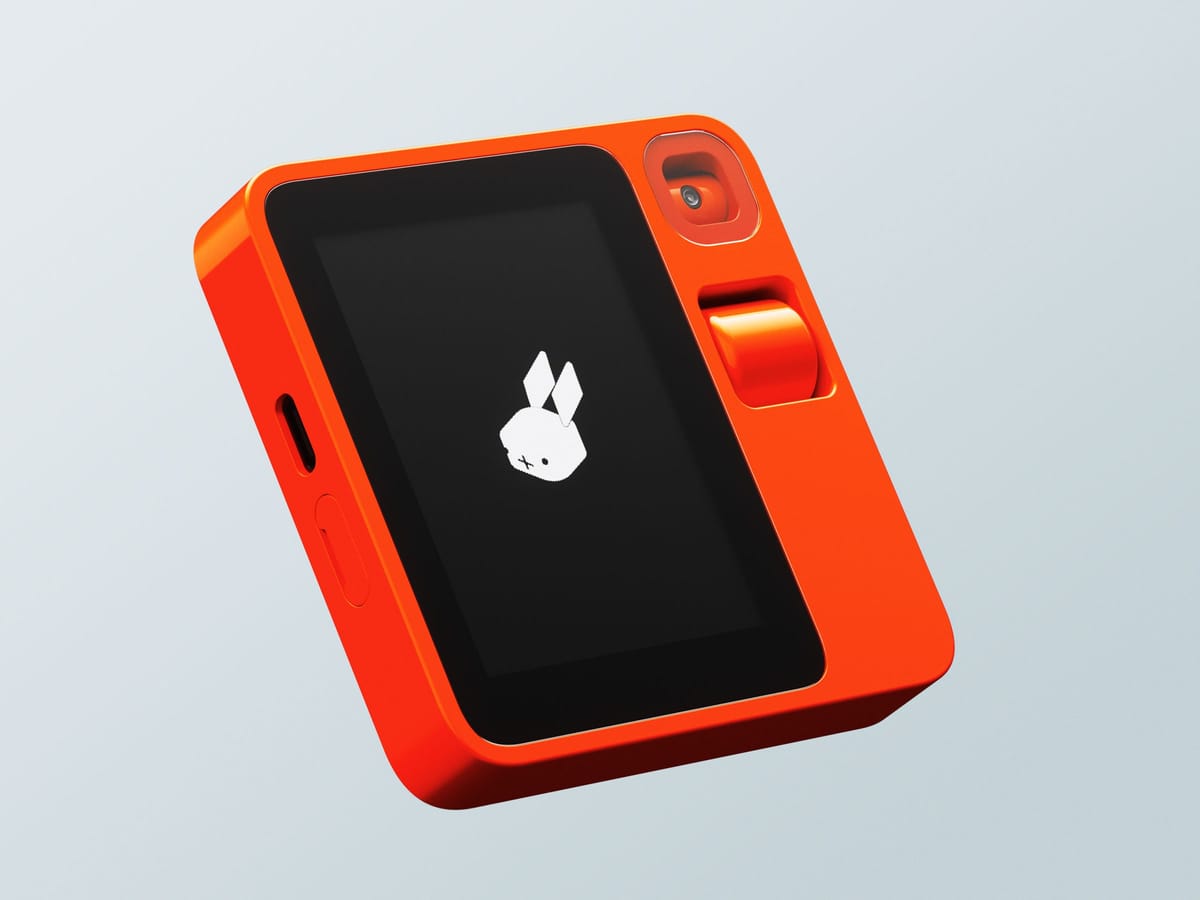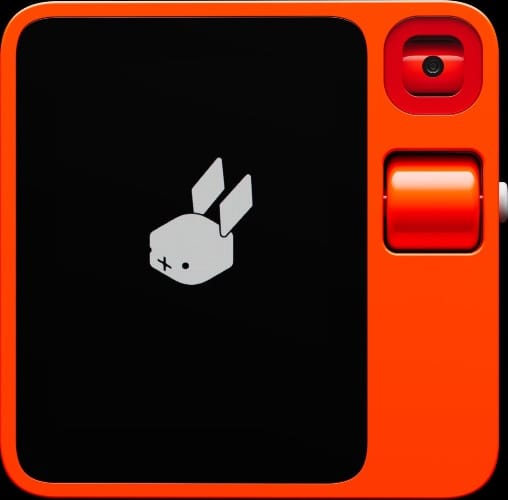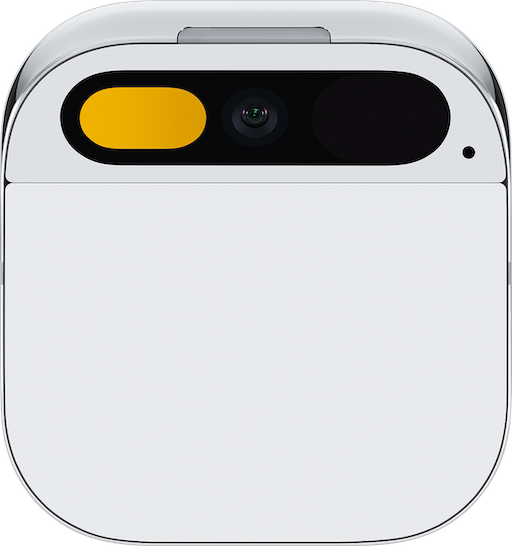AI companion devices (PWW #1)

Hi!
The new year is now fully under way. Christmas decorations are gone. I’ve finally gotten used to writing “2024” instead of “2023”. And you are now reading the result of one of my yearly goals: to create a weekly newsletter.
I call it Product Whispers Weekly and I aim to share interesting reads or takes on everything related to (software) product management and technology that you should be aware of. I read a lot of interesting stuff throughout the week and want to share the best stuff I have stumbled across.
For now you can subscribe on LinkedIn or read this edition on my blog. I’m working on a Substack so you can actually get this in your inbox.
Have a great day!
👋 Wouter
You should keep an eye on: AI companion devices
2023 has been the year where the world got introduced to AI. The launch of ChatGPT has caused a massive hype. It’s now impossible to go about your day and NOT hear the word AI somewhere. The AI train is running at full steam. New tools are coming out daily, and right now every company is trying to duct tape AI to their existing products somehow.
This trend became very clear at the Consumer Electronics Show in Las Vegas the last few days. And let’s be honest: most of the “AI” products that were shown off are completely stupid. There are now AI powered binoculars that can identify birds. Or what about an AI powered grill that cooks your steaks to perfection for you? And what better place to keep those steaks fresh before grilling than an AI powered fridge?
These products will not be remembered for being revolutionary. But there is actually something interesting going in AI hardware. Also at CES, the Rabbit R1 pocket companion device was announced. This is a small square with a touch screen and microphone/speaker that you can interact with using your voice. It can execute specific tasks for you, like reserving an Uber or booking a flight or hotel.

The keynote video introducing the device shows a couple of (admittedly very limited) use-cases. The interesting part of it is a promise made of custom training options. If Rabbit delivers on this, you could point the camera of the R1 at your PC screen and show it how to do a specific task for you.
It remains to be seen if Rabbit can deliver on their promises. And the very obvious question in response to this device would be: “why can this not run as an app on my phone?”. But if they do deliver, this could be a very interesting first step towards a new personal computing paradigm.
The AI powered future is here
The Rabbit R1 seems to me like an interesting example of something that is on the horizon. It seems like we are moving towards a future that looks a lot like the movie Her. If you have not seen that: in the fictional world AI has become ubiquitous. People walk around with an earpiece and a small device with a camera. They talk to their AI constantly and it can do almost anything for them. The main character ends up falling in love with his AI, voiced by Scarlett Johansson.
This notion seemed ridiculous when the movie came out 10 years ago. But this imagined future is rapidly becoming a reality. Products like the Rabbit R1, the Humane AI pin, and the rumoured AI hardware being worked on by ex-Apple designer Johnny Ive and OpenAI CEO Sam Altman, combined with ChatGPT are getting to 80% of this movie scenario. The ChatGPT custom GPT store is being flooded with “fake girlfriend” GPTs.

This year we will start seeing these new AI companions in the wild. And we will see if they can actually provide the value they promise, or go the way of Google Glass and fizzle out quickly.
Worth reading this week
The Predictability Trap by John Cutler
A nice article by John Cutler explaining why predictable delivery should not be the goal for any product team. I see this happening a lot. I see a lot of management teams focus on predictability KPIs for product teams. For example setting KPIs like: story points burned, % of sprints fully completed, % of arbitrary deadlines met, etc.
These numbers have one thing in common: they tell you nothing about the value that was actually delivered. And these kind of predictability will only lead to one outcome: teams that deliver low or no value.
Teams that get targets based on predictability will do whatever they can to not take risks. Their estimations will start to become larger, they will start to build in as much slack as possible in any deadline to make 100% sure they can meet it. Velocity will go down, and there is no incentive to actually discover what customers value. This is a losing game.
“Don't make predictable delivery the goal. Put value front and center and put sustainable and differentiated growth front and center. Predictable delivery needs to be in service to that, not the end goal.”
“The Daily Scrum sucks. I hate it.” by Mike Lyons
Mike Lyons echoes a sentiment on LinkedIn that is likely shared by many Scrum teams: the Daily Scrum sucks!
The problem is most Daily Scrums is that they are missing the point. It can start to feel like a report-out from all team members to the Scrum Master. Just rattling of a list of stuff you did yesterday, and plan to take on today. This gets boring really quickly and can make team members dread the Daily Scrum.
Mike suggest a few different questions to start asking the Daily Scrum instead:
👉 What can we finish today?
👉 Is any of our work hidden?
👉 Is there a pullable story?
👉 Is there an expedited or urgent story?
👉 Is a story likely to become blocked?
This should help the Daily Scrum focus on what’s important: keeping a team in flow.
Recommended video
Trying 9 "AI" Tech Products by Linus Tech Tips
Continuing in the vain of AI hardware: this is a nice video about some supposedly AI powered hardware found at CES. The bike with ChatGPT built-in was the stand-out in terms of uselessness for me…